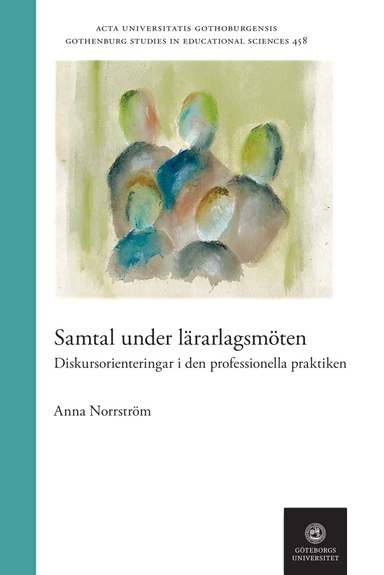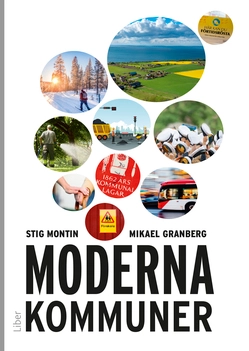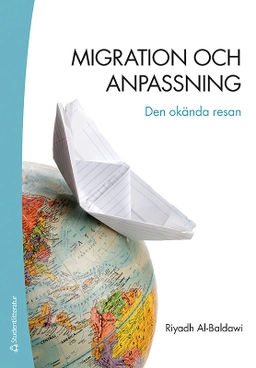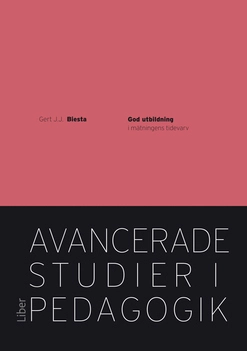

Samtal under lärarlagsmöten : diskursorienteringar i den professionella praktikenUpplaga 1
- Upplaga: 1a upplagan
- Utgiven: 2021
- ISBN: 9789179630645
- Sidor: 277 st
- Förlag: Acta Universitatis Gothoburgensis
- Format: Häftad
- Språk: Svenska
Om boken
Åtkomstkoder och digitalt tilläggsmaterial garanteras inte med begagnade böcker
Mer om Samtal under lärarlagsmöten : diskursorienteringar i den professionella praktiken (2021)
I april 2021 släpptes boken Samtal under lärarlagsmöten : diskursorienteringar i den professionella praktiken skriven av Anna Norrström. Det är den 1a upplagan av kursboken. Den är skriven på svenska och består av 277 sidor djupgående information om pedagogik. Förlaget bakom boken är Acta Universitatis Gothoburgensis.
Köp boken Samtal under lärarlagsmöten : diskursorienteringar i den professionella praktiken på Studentapan och spara pengar.
Tillhör kategorierna
Referera till Samtal under lärarlagsmöten : diskursorienteringar i den professionella praktiken (Upplaga 1)
Harvard
Oxford
APA
Vancouver



















